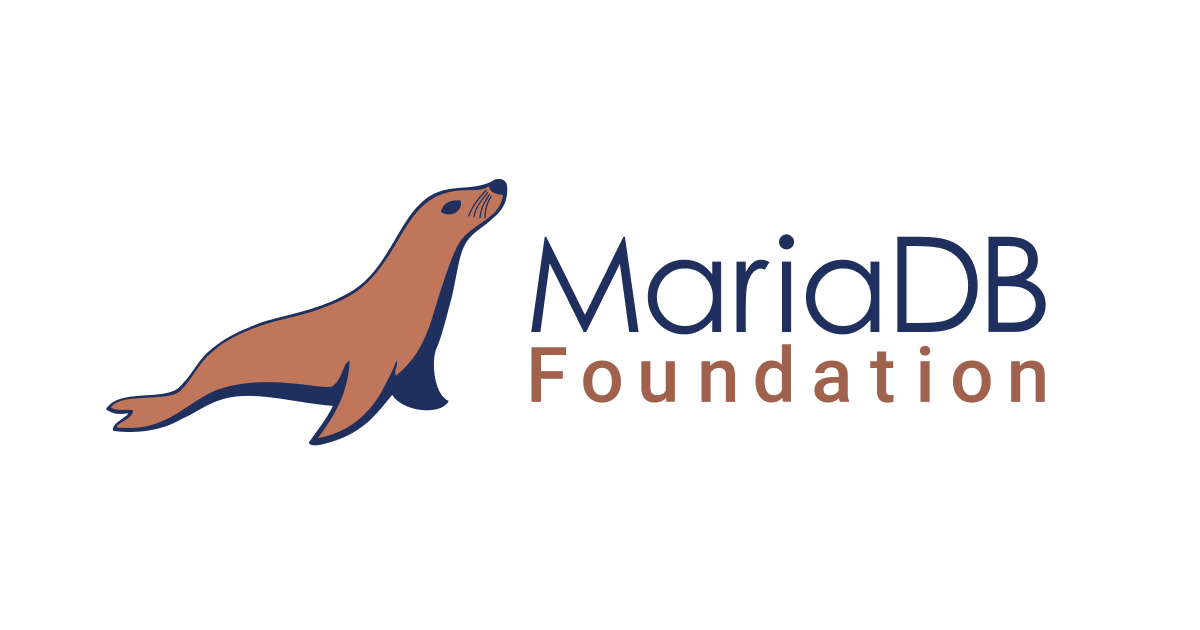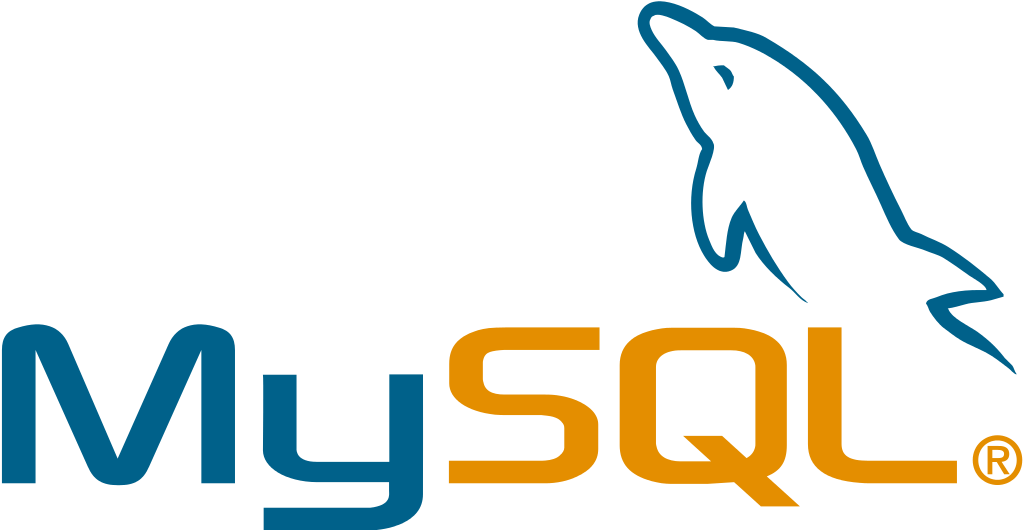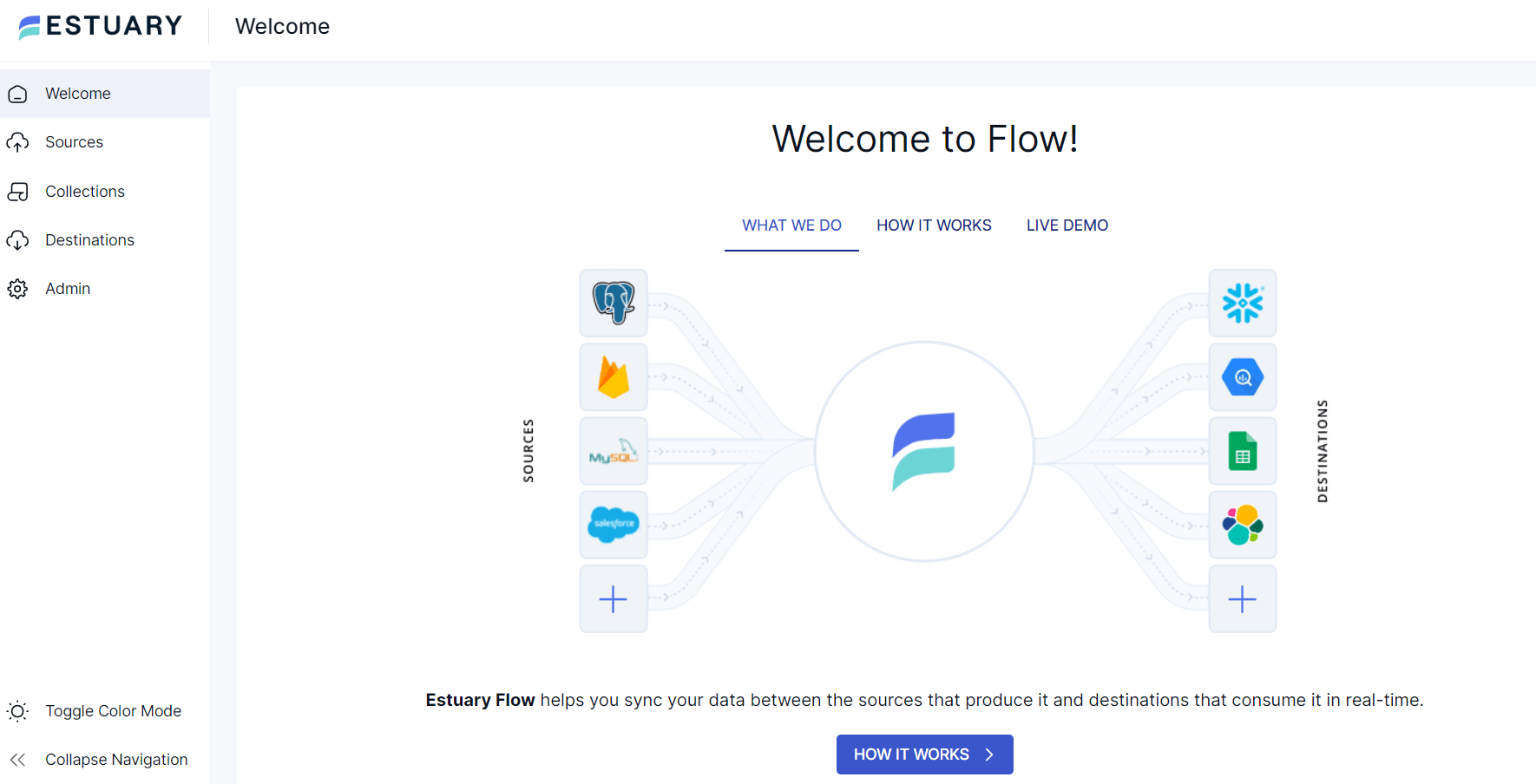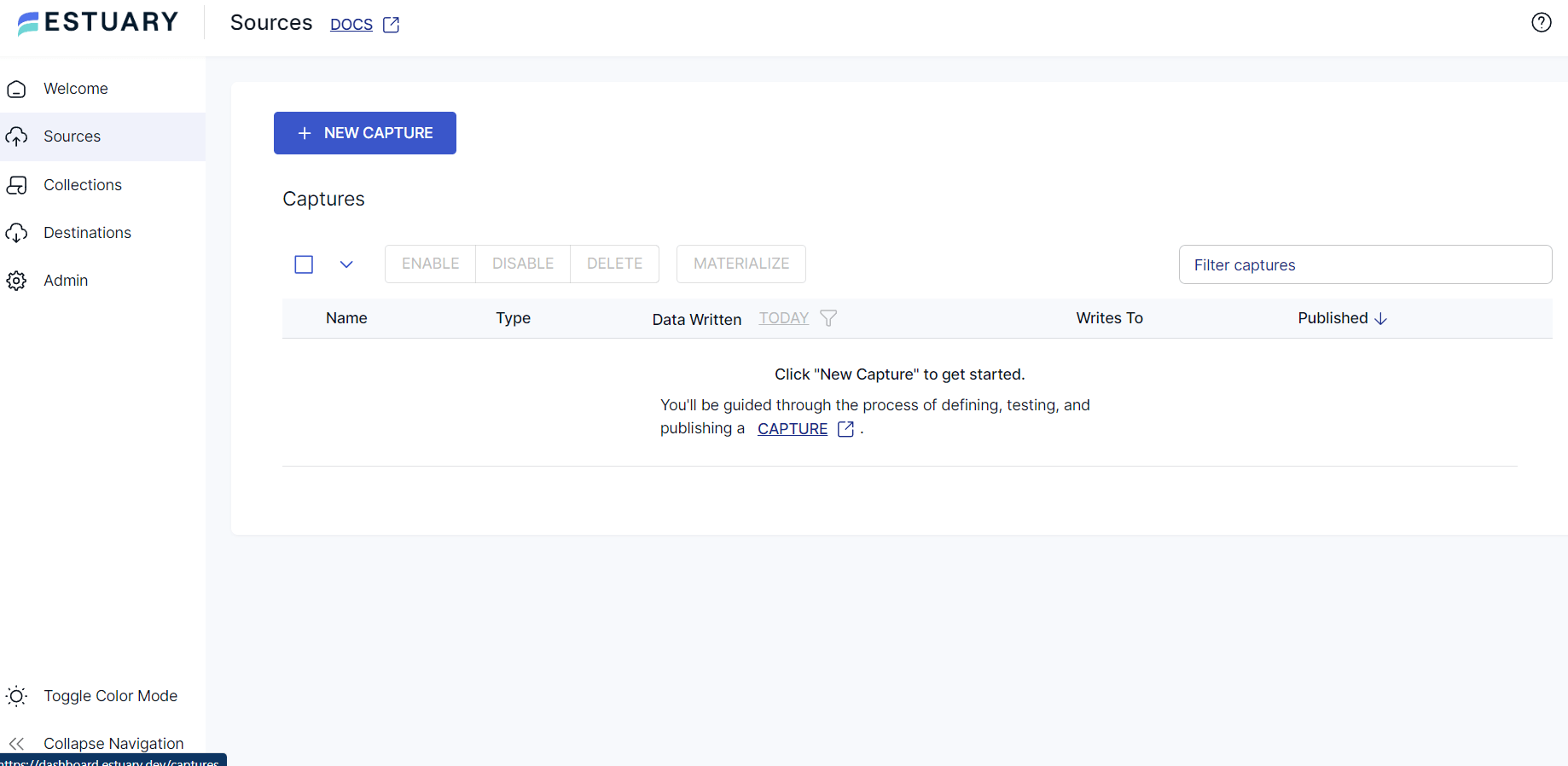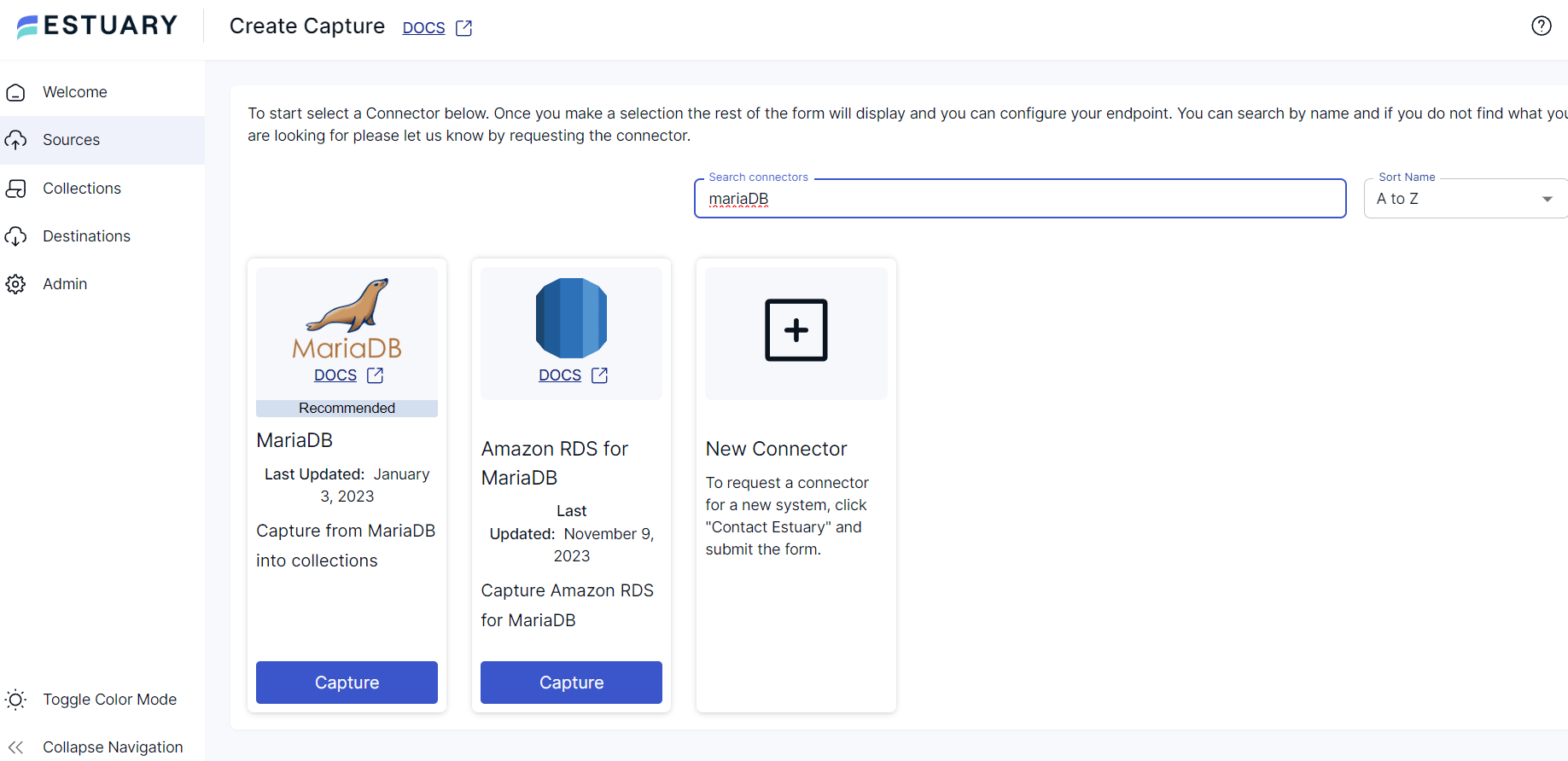
MariaDB and MySQL are two of the leading Relational Database Management Systems (RDBMS). While both are open-source, they also offer commercial features available through subscriptions.
The features and development process of both databases are similar. However, their open-source communities, enterprise versions, and use cases differ broadly. With these differences, there can be situations where you may need to migrate data from MariaDB to MySQL.
In this article, we’ll discuss two methods to connect MariaDB to MySQL.
Additionally, if you're interested in migrating data in the opposite direction, be sure to check out our detailed guide on migrating MySQL to MariaDB.
MariaDB Overview
Built by some of the original developers of MySQL, MariaDB is an RDBMS based on SQL, offering technical efficiency and versatility. The database is used for many purposes, including data warehousing and retrieving and managing data. Leveraging its relational nature and open-source community, MariaDB has been shown to perform better than MySQL. Walmart, Alibaba, and Accenture are just a few names on the list of the major organizations that use MariaDB in their tech stacks.
Here are some of the key features of MariaDB:
- MySQL Compatibility: MariaDB was originally designed to be a drop-in replacement for MySQL. This means that most MySQL code can work seamlessly with MariaDB. Leveraging this compatibility, you can use MySQL’s syntax, commands, and APIs in its ecosystem without making significant changes.
- Multiple Storage Engines: In MariaDB, a storage engine functions as a distinct plugin tailored to specific use cases. Each storage engine is meticulously optimized for different types of data workloads, ranging from transactional to analytical. MariaDB supports multiple storage engines for various data and workloads, including InnoDB, Aria, TokuDB, and others.
- Security: MariaDB comes equipped with robust security features as a default, ensuring the protection of your database. This includes connections through TLS/SSL encryption between the client and database server, preventing unauthorized access. Additionally, frequent security feature updates on MariaDB make it a reliable choice if you are dealing with sensitive data.
MySQL Overview
Originally developed by a Swedish company MySQL AB, which was then acquired by Oracle in 2010, MySQL stands is one of the most popular open source RDMSs. It allows you to store and organize data in structured collections within tables characterized by columns and rows. With MySQL, you can define, query, control, and manipulate data using Structured Query Language (SQL).
As a part of the widely used tech stack LAMP (Linux, Apache, MySQL, and PHP), MySQL is used to build many popular services, websites, and applications. Major organizations such as Uber, Airbnb, Pinterest, and Shopify rely on MySQL for their database management needs, showcasing its versatility and robustness in handling large-scale operations.
Below are the key features of MySQL:
- ACID Compliance: MySQL follows ACID (Atomicity, Consistency, Isolation, Durability) compliance to ensure data integrity and consistency. Atomicity ensures that every operation contained with a transaction is handled as an individual unit. Consistency makes sure that data is valid before and after a transaction. Isolation prevents multiple concurrent transactions from interfering with each other. Durability ensures that transaction modifications are saved permanently, even in system failure.
- IAM Policy: MySQL in Oracle cloud infrastructure integrates with Identity and Access Management (IAM) for the authorization and authentication of all interfaces such as console, SDK, CLI, or a RestAPI. IAM allows you to centrally handle access to your data instead of managing each instance on your DB.
- Free to Use: MySQL is open-source, so you can download, install, and use MySQL without any licensing cost. This feature allows you to leverage all the functionalities of a robust database management system without many barriers. However, some commercial versions of this platform, like MySQL Cluster Carrier Grade Edition and MySQL Enterprise Edition, are also available.
Two Methods to Migrate Data From MariaDB to MySQL
You can migrate your data from MariaDB to MySQL using one of the two methods mentioned below:
- Method 1: Using Estuary Flow to Connect MariaDB to MySQL
- Method 2: Manually Connecting MariaDB to MySQL Using Custom Code
Method 1: Using Estuary Flow to Connect MariaDB to MySQL
SaaS tools like Estuary Flow streamline the process of replicating data from MariaDB to MySQL. Follow this step-by-step guide to efficiently connect and replicate data between the two databases:
Prerequisites
Step 1: Connect to MariaDB as a Source
- Log in to your Estuary account, or sign up for free.
- Once you see the main dashboard, click Sources on the left.
- Click the + NEW CAPTURE button on the top left of the Source page.
- In the Search connectors box, type MariaDB, and you’ll find the MariaDB connector with the Capture button on the bottom. Click Capture.
- On the Create Capture page, fill in the details like Name, Server Address, Login username, and Login password. Now, click Next > SAVE and PUBLISH.
Step 2: Connect to MySQL as a Destination
- After setting up the source, click on the Destinations option on the left side of the dashboard.
- On the Destination page, click the + NEW MATERIALIZATION button.
- Type MySQL in the Search connector box, and you'll find the MySQL connector with the Materialization button at the bottom. Click Materialization.
- You’ll be redirected to the Create Materialization page. Fill in the required fields, including Address, User, Password, and the name of the Database.
The migration between MariaDB and MySQL is now complete. For a deeper understanding of Estuary Flow, read the following documentation:
Benefits of Using Flow
Here are some of the benefits of using Estuary Flow:
- Extensive Connectors Library: Flow has a wide variety of pre-built connectors. With these connectors, you can quickly integrate data from various sources to the destination without writing a single line of code.
- Data Cleansing: Flow provides data cleansing capabilities, which allow you to clean, filter, and validate data during the transformation step. This is crucial for data integrity and quality, ensuring that only accurate data is transferred to the target database.
- Minimal Technical Expertise: Estuary Flow simplifies the migration process between MariaDB and MySQL, allowing you to complete the process with just a few clicks. This ease of use means that professionals of varying technical backgrounds can easily utilize Flow for their data migration tasks.
Method 2: Manually Connecting MariaDB to MySQL Using Custom Code
In this method, you’ll learn how to migrate MariaDB to MySQL manually using custom code. Follow this step-by-step guide to replicate data between the two databases:
Step 1: Create a Dump of MariaDB
Begin by generating a dump of the MariaDB database you want to migrate.
- Open the terminal and type the following command:
plaintextmysqldump -u yourusername -p yourdatabasename > maria_dump.sql- Replace yourusername with your MariaDB database username, and yourdatabasename with the database name you want to migrate. The file maria_dump.sql is where your data will be exported.
Step 2: Log in to MySQL as a Root User
- Using the terminal, navigate to the SQL directory "C:\Program Files\MySQL\MySQL Server X.X\bin" (replace X.X with your actual version number) and enter the following command:
plaintextmysql -u root -p password- Provide your MySQL password when prompted.
Step 3: Create a MySQL Database
- To create a new database in MySQL, enter the following code:
plaintextCREATE DATABASE yoursqldatabasename;- Replace yoursqldatabasename with your preferred MySQL database name. Check that the database was created and exit the MySQL session.
Step 4: Restore the Data
- Now that you have your MariaDB data file and the MySQL database set up, it’s time to restore the data into the new database. To import the MariaDB data into MySQL, enter the following command into your terminal:
plaintextmysql -u yourusername -p yoursqldatabasename < maria_dump.sqlStep 5: Verify and Test
Once the migration is completed, ensure that the MariaDB data is successfully migrated into the MySQL table. Run SQL queries or test your application to make sure everything functions as it should.
Limitations of Using Custom Code
The following are some challenges you might encounter when manually connecting MariaDB to MySQL using custom code:
- Time and Resource Requirements: Developing, testing, and maintaining custom scripts can be time-consuming and require more development expenses than ETL tools.
- Maintenance Challenges: Custom scripts need regular updates to accommodate changes in database schemas or system upgrades. This ongoing requirement demands constant effort.
- Expertise Requirements: A deep understanding of MariaDB and MySQL databases is required to write custom code for migration. Mistakes or inefficiencies in custom code can result in performance problems, data loss, and more.
- Latency in Real-Time Updates: Executing custom scripts may result in delays and, in some cases, cause a lack of real-time synchronization between databases. This is a notable drawback if you want real-time updates across systems and applications.
The Takeaway
In conclusion, while migrating MariaDB to MySQL can be complex, Estuary Flow simplifies the process significantly. By following these streamlined steps, you can achieve a seamless migration:
- Connect to MariaDB: Establish MariaDB as your source within Estuary Flow.
- Configure MySQL: Set up MySQL as your destination in Estuary Flow.
- Initiate Migration: Launch the migration process with a few clicks in Estuary Flow's intuitive interface.
This user-friendly approach eliminates the need for intricate custom code, minimizing errors and ensuring a smooth transition to MySQL.
We recommend using Estuary Flow to connect MariaDB to MySQL. It automates most of the process with its comprehensive features and user-friendly interface. Sign up or log in to Estuary Flow today!
FAQs
Can I replace MariaDB with MySQL?
Yes, you can replace MariaDB with MySQL; MariaDB is considered a drop-in replacement for the corresponding MySQL version. However, it is essential to review feature differences between MariaDB and MySQL to ensure the switch doesn’t affect applications using a database server.
Can I run MariaDB and MySQL at the same time?
Yes, you can run MariaDB and MySQL on the same system simultaneously without conflicts; the two platforms use different default ports and directories, operating independently of each other.
Can I import MySQL to MariaDB?
Yes, you can import MySQL to MariaDB. First, back up your MySQL database into an SQL file. Then, log in to your MariaDB server and import the backup file to recreate a database.

Author
Popular Articles






